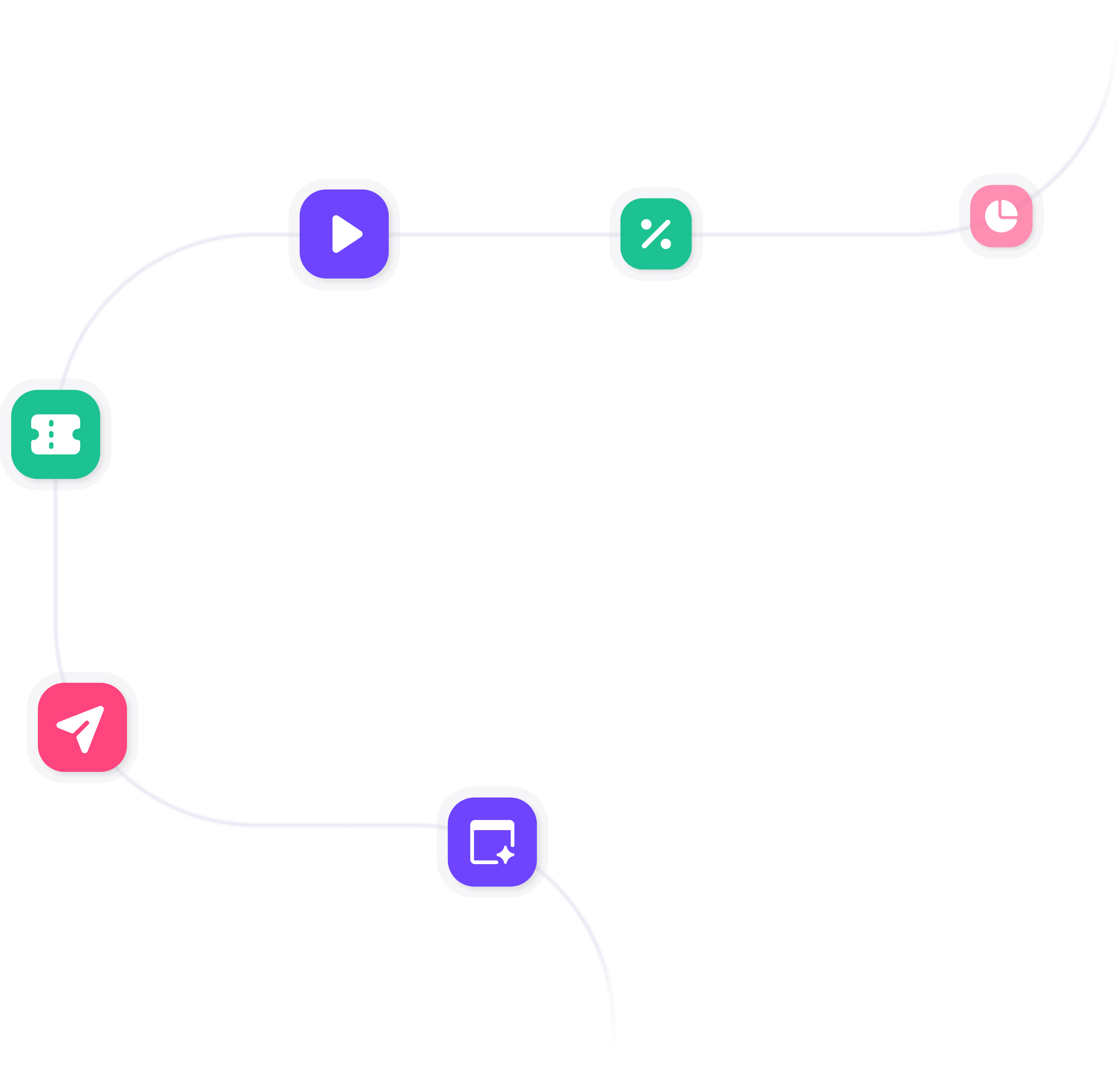Gamification Features
The term 'Gamification Features' usually refers to design elements that foster competition, cooperation, or achievement, typically used to boost audience interaction and retention during events.


At its core, gamification is the process of applying game design elements in non-gaming contexts. In the context of events, gamification features can serve as powerful tools to enhance attendee engagement, improve knowledge retention, and foster networking. These features often include points, badges, leaderboards, progress bars, and challenges—essentially any method for embedding typical game mechanics into the event's design.
Benefits of Gamification Features
Gamification can transform a mundane event into an immersive experience. Beyond increased engagement, they enhance learning outcomes, encourage social interaction, foster a sense of community, and even drive revenue through sponsorships or in-app purchases. Additionally, these gaming elements can serve as rich data sources, providing insights on attendee behaviors, preferences, and engagement levels. By integrating gamification into an online event platform, organizers can create more interactive and memorable experiences for participants.
Common Problems and Solutions
Despite their many benefits, gamification features can present challenges. Notably, poor or overly complicated game design can disorient or disengage attendees. To overcome such issues, simplicity and clarity in rules should be prioritized. Also, rewards should be meaningful and align with the intended objectives of the event. It's also important to ensure that the gamification elements are compatible with the hybrid event platform being used, to offer a seamless experience for both virtual and in-person attendees.
Best Practices
- Make sure the game aligns with the event's objectives.
- Keep rules and mechanics simple and clear.
- Provide regular updates about leaderboards and points to keep engagement high.
- Give meaningful rewards that align with your audience's preferences.
- Ensure compatibility with both virtual and physical event formats.
Key Takeaways
- Gamification features can enhance audience engagement during events.
- Common elements include points, badges, leaderboards, and challenges.
- Benefits include improved audience interaction, learning outcomes, social interaction, and potential for increased revenue.
- Ensure gamification elements are simple, clear, and aligned with event objectives for maximum effectiveness.
Frequently Asked Questions
Related Blog Posts
Learn more about this term and how it can help you grow your business.
Loading feed...


